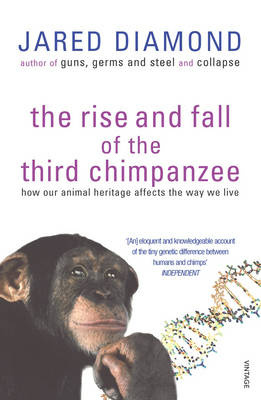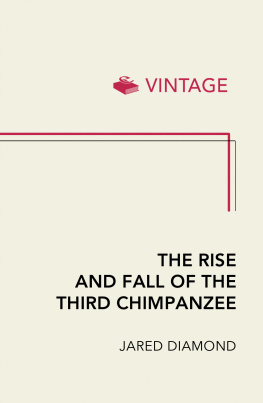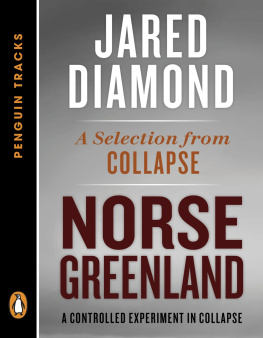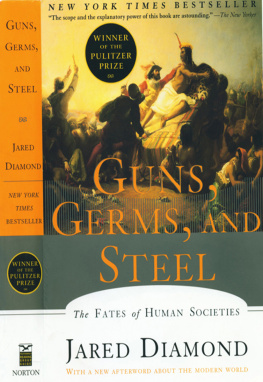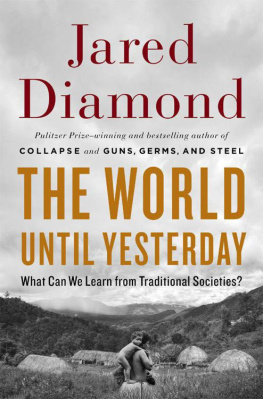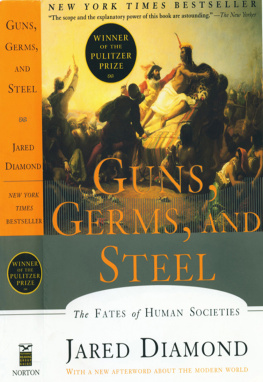VIKING
VIKING
Published by the Penguin Group
Penguin Group (USA) Inc., 375 Hudson Street,
New York, New York 10014, U.S.A.
Penguin Group (Canada), 10 Alcorn Avenue, Toronto, Ontario, Canada M4V 3B2
(a division of Pearson Penguin Canada Inc.)
Penguin Books Ltd, 80 Strand, London WC2R ORL, England
Penguin Ireland, 25 St. Stephen's Green, Dublin 2, Ireland
(a division of Penguin Books Ltd)
Penguin Books Australia Ltd, 250 Camberwell Road, Camberwell, Victoria 3124, Australia
(a division of Pearson Australia Group Pty Ltd)
Penguin Books India Pvt Ltd, 11 Community Centre, Panchsheel Park,
New Delhi 110 017, India
Penguin Group (NZ), Cnr Airborne and Rosedale Roads, Albany,
Auckland 1310, New Zealand
(a division of Pearson New Zealand Ltd)
Penguin Books (South Africa) (Pty) Ltd, 24 Sturdee Avenue,
Rosebank, Johannesburg 2196, South Africa
Penguin Books Ltd, Registered Offices: 80 Strand, London WC2R ORL, England
First published in 2005 by Viking Penguin, a member of Penguin Group (USA) Inc.
13579 10 8642
Copyright Jared Diamond, 2005 All rights reserved
Maps by Jeffrey L. Ward
LIBRARY OF CONGRESS CATALOGING IN PUBLICATION DATA
Diamond, Jared M.
Collapse: how societies choose to fail or succeed/Jared Diamond.
p. cm.
Includes index.
ISBN 0-670-03337-5
1. Social history Case studies. 2. Social changeCase studies. 3. Environmental policy
Case studies. I. Title.
HN13. D5 2005
304.2'8 dc22 2004057152
This book is printed on acid-free paper. 8
Printed in the United States of America
Set in Minion
Designed by Francesca Belanger
Without limiting the rights under copyright reserved above, no part of this publication may be reproduced, stored in or introduced into a retrieval system, or transmitted, in any form or by any means (electronic, mechanical, photocopying, recording or otherwise), without the prior written permission of both the copyright owner and the above publisher of this book.
The scanning, uploading, and distribution of this book via the Internet or via any other means
without the permission of the publisher is illegal and punishable by law. Please purchase only
authorized electronic editions and do not participate in or encourage electronic piracy of
copyrightable materials. Your support of the author's rights is appreciated.
To
Jack and Ann Hirschy,
Jill Hirschy Eliel and John Eliel,
Joyce Hirschy McDowell,
Dick (1929-2003) and Margy Hirschy,
and their fellow Montanans:
guardians of Montana's big sky
I met a traveler from an antique land Who said: "Two vast and trunkless legs of stone Stand in the desert. Near them, on the sand, Half sunk, a shattered visage lies, whose frown, And wrinkled lip and sneer of cold command, Tell that its sculptor well those passions read, Which yet survive, stampt on these lifeless things, The hand that mockt them and the heart that fed: And on the pedestal these words appear: 'My name is Ozymandias, king of kings: Look on my works, ye Mighty, and despair!' Nothing beside remains. Round the decay Of that colossal wreck, boundless and bare The lone and level sands stretch far away."
"Ozymandias," by Percy Bysshe Shelley (1817)
CONTENTS
List of Maps xiu
Prologue: A Tale of Two Farms
Two farms Collapses, past and present Vanished Edens? A five-point framework Businesses and the environment The comparative method Plan of the book
PartOne: MODERN MONTANA
Chapter 1: Under Montana's Big Sky
Stan Falkow's story Montana and me Why begin with Montana? Montana's economic history Mining Forests Soil Water Native and non-native species Differing visions Attitudes towards regulation Rick Laible's story Chip Pigman's story Tim Huls's story John Cook's story Montana, model of the world *
PartTwo: PAST SOCIETIES
Chapter 2: Twilight at Easter
The quarry's mysteries Easter's geography and history People and food * Chiefs, clans, and commoners Platforms and statues Carving, transporting, erecting The vanished forest Consequences for society Europeans and explanations Why was Easter fragile? Easter as metaphor
Chapter 3: The Last People Alive: Pitcairn and Henderson Islands 120
Pitcairn before the Bounty Three dissimilar islands Trade The movie's ending *
Chapter 4: The Ancient Ones: The Anasazi and Their Neighbors
Desert farmers Tree rings * Agricultural strategies * Chaco's problems and packrats Regional integration Chaco's decline and end * Chaco's message
Chapter 5: The Maya Collapses
Mysteries of lost cities The Maya environment Maya agriculture Maya history Copan * Complexities of collapses Wars and droughts Collapse in the southern lowlands The Maya message
Chapter 6: The Viking Prelude and Fugues
Experiments in the Atlantic The Viking explosion Autocatalysis Viking agriculture Iron Viking chiefs Viking religion Orkneys, Shetlands, Faeroes Iceland's environment Iceland's history Iceland in context Vinland
Chapter 7: Norse Greenland's Flowering
Europe's outpost Greenland's climate today Climate in the past Native plants and animals Norse settlement Farming Hunting and fishing An integrated economy Society Trade with Europe * Self-image
Chapter 8: Norse Greenland's End
Introduction to the end Deforestation Soil and turf damage The Inuit's predecessors Inuit subsistence Inuit/Norse relations * The end Ultimate causes of the end
Chapter 9: Opposite Paths to Success
Bottom up, top down New Guinea highlands Tikopia Tokugawa problems Tokugawa solutions Why Japan succeeded Other successes
Part Three: MODERN SOCIETIES
Chapter 10: Malthus in Africa: Rwanda's Genocide
A dilemma Events in Rwanda * More than ethnic hatred Buildup in Kanama Explosion in Kanama Why it happened
Chapter 11: One Island, Two Peoples, Two Histories:
The Dominican Republic and Haiti
Differences * Histories Causes of divergence * Dominican environmental impacts Balaguer The Dominican environment today The future
Contents xi
Chapter 12: China, Lurching Giant
China's significance Background Air, water, soil Habitat, species, megaprojects Consequences Connections The future
Chapter 13: "Mining" Australia
Australia's significance * Soils Water Distance Early history E Imported values Trade and immigration Land degradation Other environmental problems Signs of hope and change
Part Four: PRACTICAL LESSONS
Chapter 14: Why Do Some Societies Make Disastrous
Decisions?
Road map for success Failure to anticipate Failure to perceive Rational bad behavior Disastrous values Other irrational failures Unsuccessful solutions Signs of hope
Chapter 15: Big Businesses and the Environment:
Different Conditions, Different Outcomes
Resource extraction Two oil fields Oil company motives Hardrock mining operations * Mining company motives Differences among mining companies The logging industry Forest Stewardship Council The seafood industry Businesses and the public
Chapter 16: The World as a Polder: What Does It All Mean
to Us Today?
Introduction The most serious problems If we don't solve them ... Life in Los Angeles One-liner objections The past and the present Reasons for hope
Acknowledgments
Further Readings
Index ' 561
Illustration Credits
LIST OF MAPS
The World: Prehistoric, Historic, and Modern Societies 4-5
Contemporary Montana
The Pacific Ocean, the Pitcairn Islands, and Easter Island 84-85
The Pitcairn Islands
Anasazi Sites
Maya Sites
The Viking Expansion 182-183


